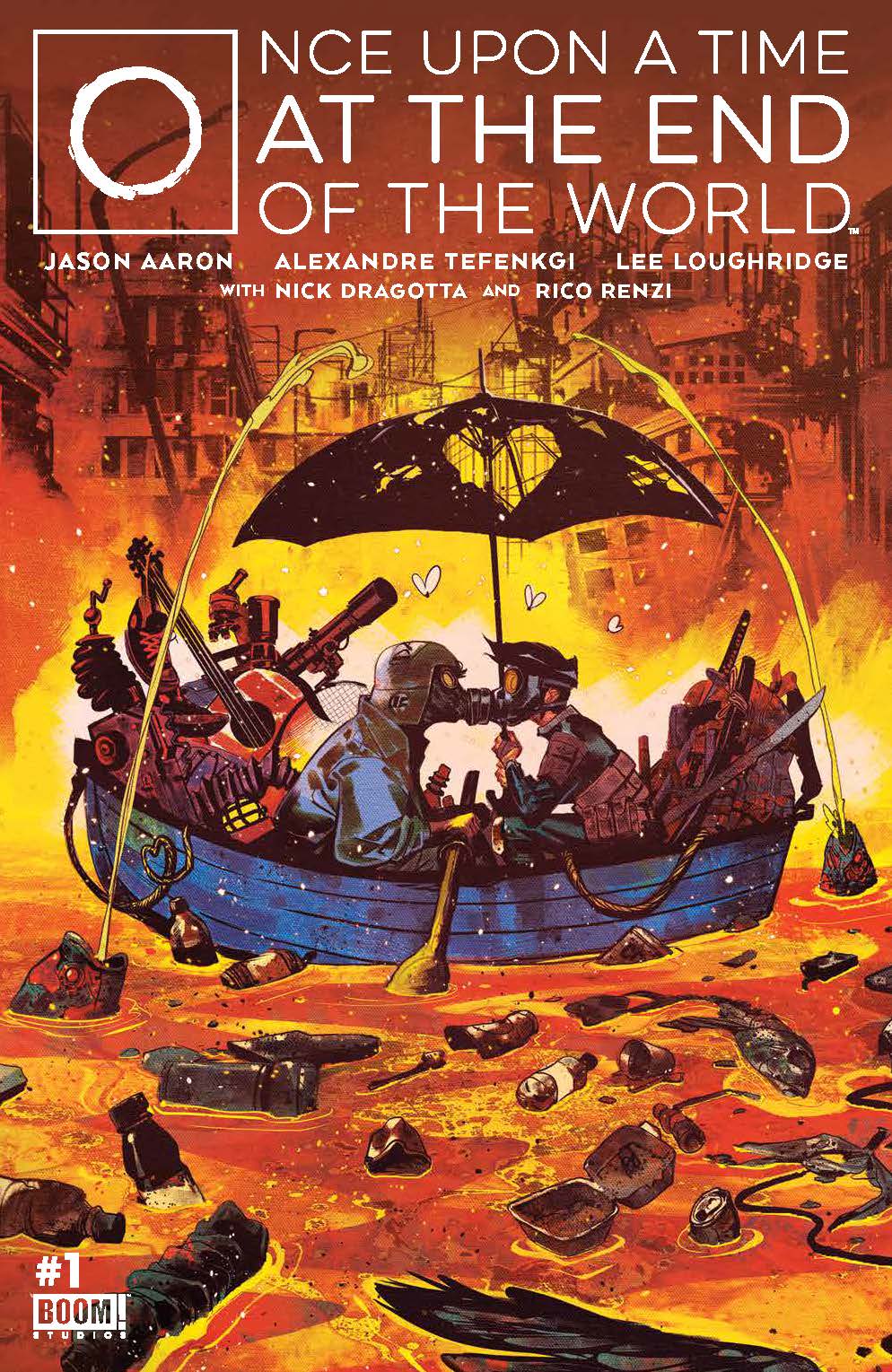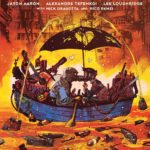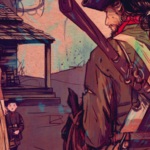
The words “once upon a time” are synonymous with the kinds of epic stories we all grew up with. High-end fantasy, westerns, even crime dramas have  all taken place once upon a time. Post-apocalyptic horror is the latest genre to adopt the title with this week’s Once Upon a Time at the End of the World. At the center of this story are Mezzy and Maceo, two lost souls who find one another as the world continues to fall apart around them.
all taken place once upon a time. Post-apocalyptic horror is the latest genre to adopt the title with this week’s Once Upon a Time at the End of the World. At the center of this story are Mezzy and Maceo, two lost souls who find one another as the world continues to fall apart around them.
Now before you think this is some rom-com set against the backdrop of Armageddon, it’s not quite that simple. Our two leads are survivors, first and foremost, with romance seemingly the furthest thing from their minds. They are also polar opposites in terms of personality with only their loneliness to bond them. Well, that and their mutual penchant for killing tentacle monsters. Did I mention tentacle monsters are a thing here? The specifics on how the world became this nightmarish hellscape are vague at best but the mystery is just as intriguing as the journey Mezzy and Maceo set out upon in order to survive and possibly even change the world.
Writer Jason Aaron is at the top of his game with this opening chapter of what promises to be an epic story. Rather than flesh out the characters with flashbacks, he focuses on the present, slowly peeling back layers of their individual narratives to inform us of who they are and what motivates them to keep going. The narration, while used sparingly, is full of thoughtful metaphors with a heavy sense of both heartbreak and hope. The potential optimism and the fun contrast of the two leads help set this apart from the countless comics set in post-apocalyptic futures. The book ends with a jarring flash-forward that teases where Maceo and Mezzy may be headed while promising that the end of the world is merely the beginning.
The art by Alexandre Tefenkgi and colorist Lee Loughridge is just breathtaking. Their designs for our leads are both grounded, yet fantastical with Maceo’s disheveled but colorful wardrobe contrasting nicely with Mezzy’s Furiosa-esque warrior garb. The artist’s depiction of the apocalypse is messy and cluttered in ways that are eerily familiar, yet oddly unique. Maceo’s sanctuary is like a hoarder’s wet dream, with waste and resources coating the floors, while vending machines and inflatables lay scattered about. The world here isn’t ravaged by zombies or aliens but seemingly by environmental disasters, perhaps even climate change. There may also be a virus at work, but again there are only hints as to what really brought down society. It’s obvious that this is the work of some master storytellers who have an epic to tell and are not in any rush to get to the end. Not to oversell it but Once Upon a Time at the End of the World could very well be Aaron’s very own “Saga.”




